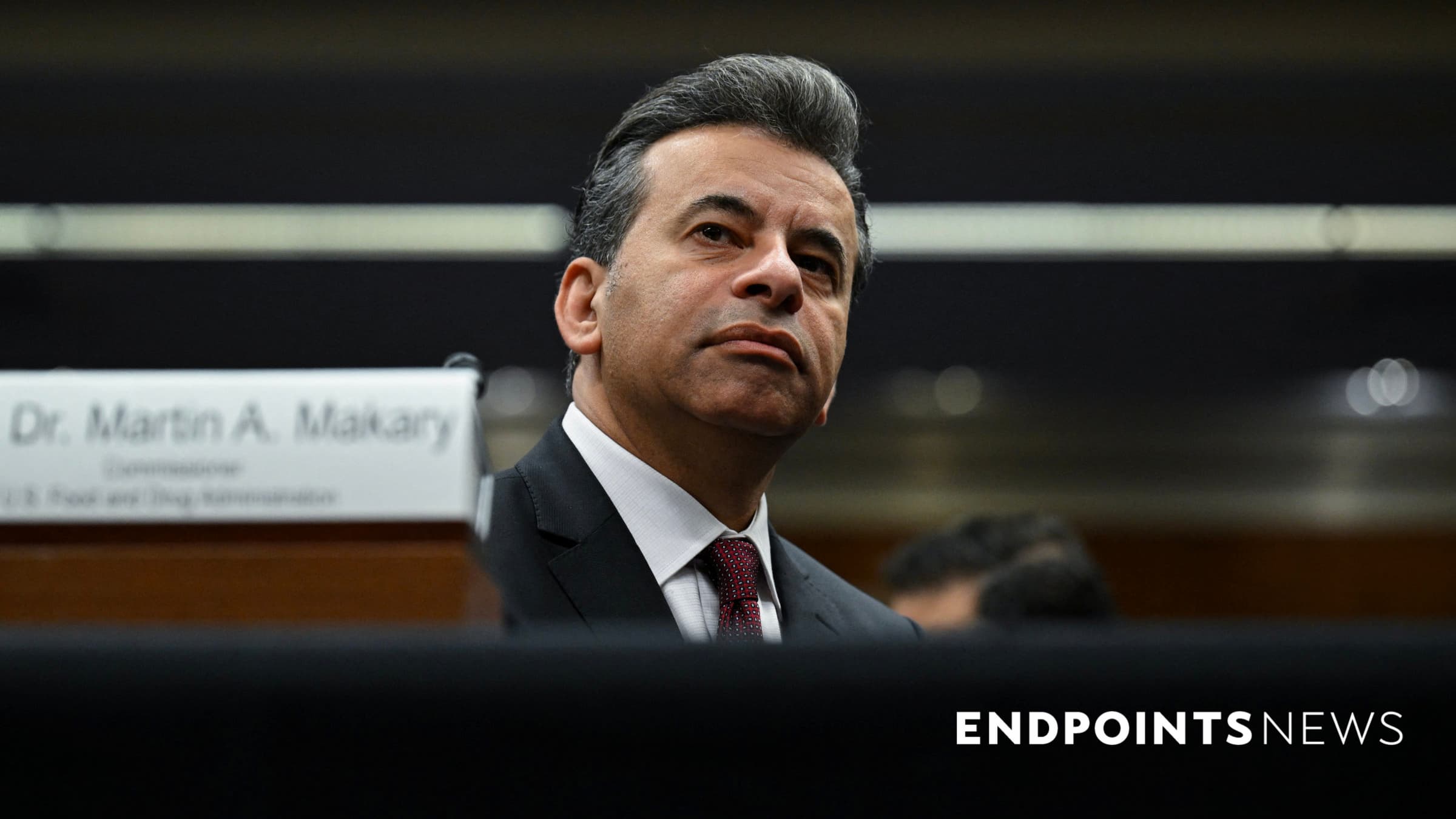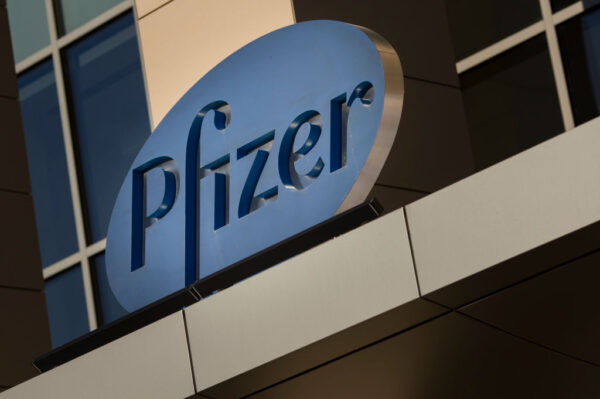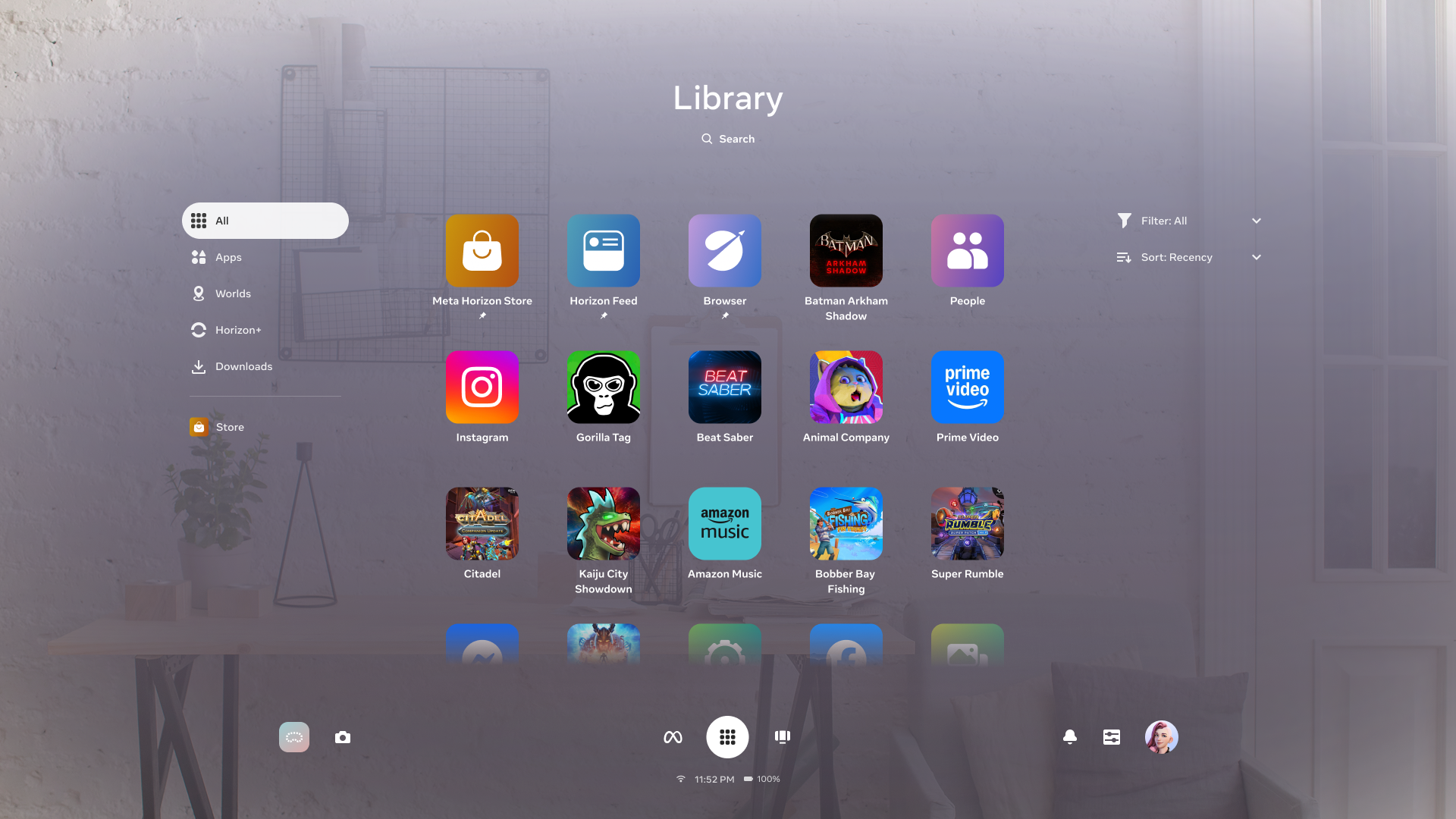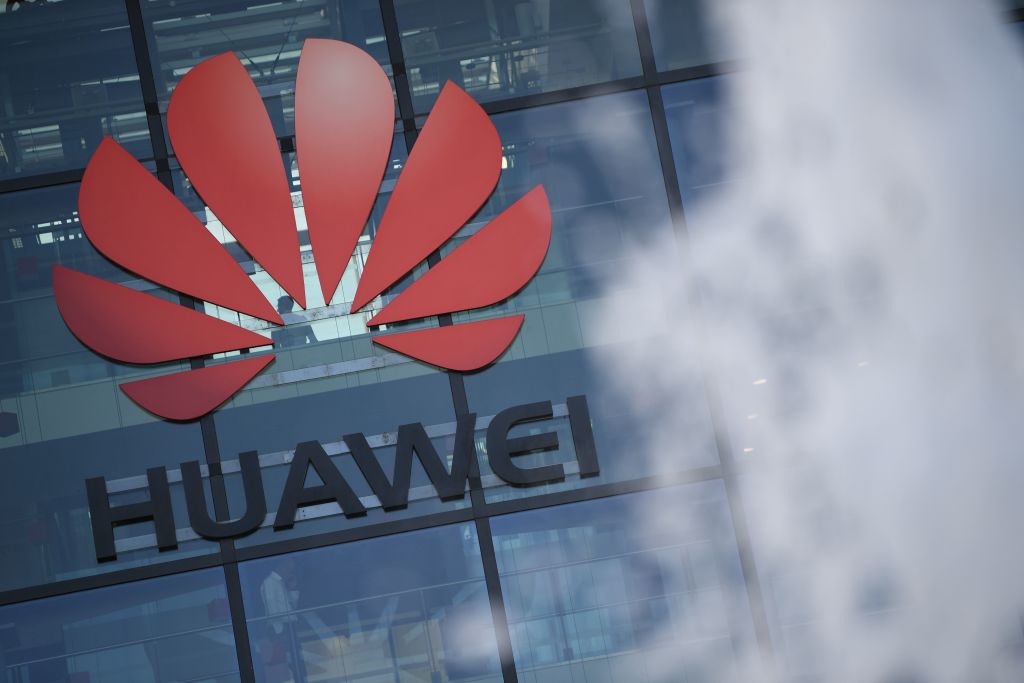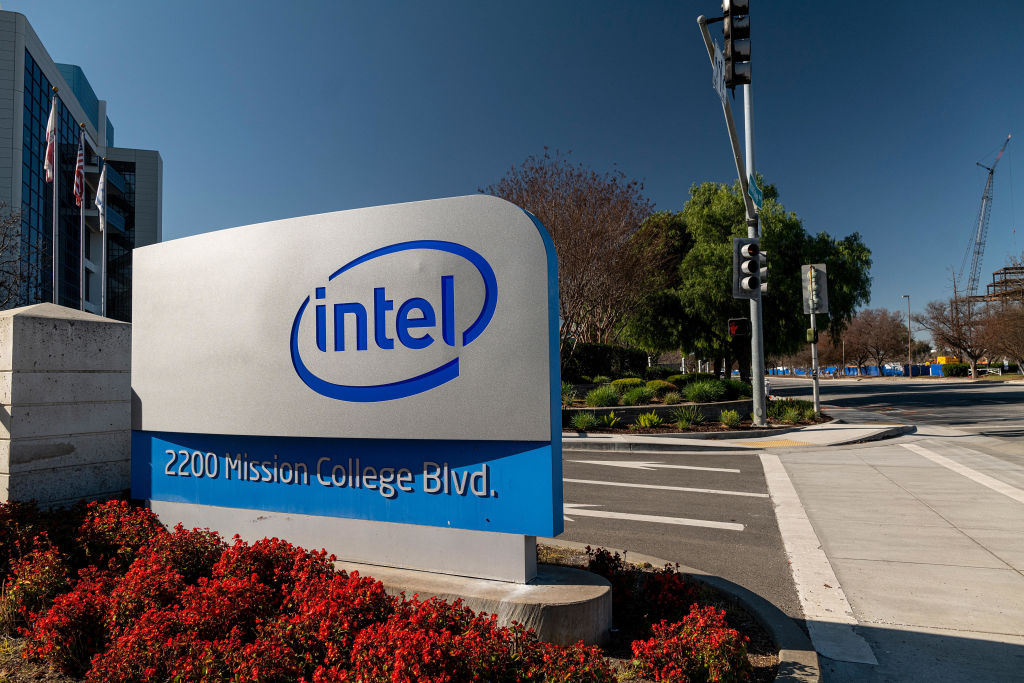Cutting Through the Noise: Patient Engagement That Resonates Through Personalization
The following is a guest article by Kristen Jacobsen, VP of OmniChannel Engagement and Marketing at RevSpring People have an inherent desire to feel unique and valued. Personalization is a technique that marketers have used for decades to engage prospects and customers with messages and other engagement tactics that resonate with them as individuals, fostering […]

 The following is a guest article by Kristen Jacobsen, VP of OmniChannel Engagement and Marketing at RevSpring
The following is a guest article by Kristen Jacobsen, VP of OmniChannel Engagement and Marketing at RevSpring
People have an inherent desire to feel unique and valued. Personalization is a technique that marketers have used for decades to engage prospects and customers with messages and other engagement tactics that resonate with them as individuals, fostering a stronger emotional connection with the brand.
As healthcare organizations look to build distinct and lasting relationships with patients and inspire interaction and response, personalization is key. Healthcare leaders tasked with patient engagement, whether it’s preparing for an appointment, following a care plan, or paying their bill, can take a page from the marketing playbook using the foundation of personas to optimize patient response.
Personas provide a good starting point for understanding your patients and building affinity with them, making them feel known and understood. They’re the foundation of a strategy for using messages, cadences, and channels that are most likely to drive action, leading to better overall results for patients and healthcare organizations.
Healthcare engagement, however, is inherently more complex than many marketing undertakings. In healthcare, the dimensions of patient segmentation are more intricate and multifaceted, making scalability more challenging.
Advances in artificial intelligence mean quantum leaps forward for accounts receivable and patient engagement when it comes to personalization. Using intelligence to automate more personal interactions makes it effortless to automatically connect with each patient in highly personalized and individualized ways.
Personas matter in healthcare because they help shape interactions that are personalized to each patient. McKinsey Research reports that 71% of consumers expect personalized interactions with brands. Research also shows that patients bring those same consumer expectations to their healthcare interactions.
Understanding how patients prefer to communicate empowers healthcare organizations to plan and provide a connected and personalized patient journey. When done correctly, this encompasses the totality of everything a patient experiences when communicating with your organization.
The Devil (and Rich Rewards) is in the Details
Details are essential for converting personas in healthcare from meaningless broad groups that make sense in consumer product marketing—suburban soccer moms, young urban professionals, beer-loving truck drivers— into meaningful groups of patients with specific communication tendencies, behaviors, and preferences. This level of detail is only possible by considering other characteristics, such as demographic and behavioral scoring information, and then letting that data drive personas in an automated way with help from AI-powered solutions built specifically for healthcare.
Other critical personalization details are determined by the type of interaction: email, text, phone, print, and mail. Research shows that preferences change based on the type of interaction, which means one patient may prefer email for appointment reminders, text for payment links, and phone calls when they have questions about care. As people say when describing personal relationships, “It’s complicated.”
If you believe that communication works better when it’s personal, but this level of personalization sounds like too much to manage, you’re ready to embrace the power of AI-driven tools designed specifically for healthcare. Using an intelligence-driven engagement engine creates a framework for managing all of these dimensions of patient understanding. For example, our OmniBrain from RevSpring automatically orchestrates personalized experiences for each individual patient based on their engagement preferences, behaviors, and tendencies.
To make complex personalization simple, and make interaction effortless for patients, intelligent engagement in healthcare learns behavior and scores the patient based on propensity to pay, likelihood to engage with a channel, interaction patterns, and more. With that machine-based understanding of each patient, healthcare organizations can automatically engage with patients in a manner that is dynamic, appropriate for the goal, and highly personalized.
The resulting rich data from OmniBrain, for example, yields dynamic personas that empower healthcare organizations to engage with patients using messages that resonate with them in the channels that work best for them and in a cadence that’s most appropriate based on their engagement level.
Skeptics may wonder if this level of personalization delivers meaningful results. Real-world metrics make a convincing case. Consider these examples from across a broad set of engagement use cases:
- A 20% increase in self-service
- Increased data accuracy from 80 to 91%
- An overall increase in patient dollars collected (yield) of 3-7%
- A 10% increase in positive NPS scores
As these results indicate, curating remarkable experiences across the entire patient journey leads to many benefits. Highly effective engagement reduces the administrative burden on staff, increases patient response rates and outcomes, and strengthens an organization’s financial health.
The imperative to streamline one-to-one engagement experiences represents a synergistic advantage for both patients and provider organizations. To fully realize the transformative potential of this approach requires an investment in patient understanding and purpose-built tools to automate engagement. Using AI for scale, this paradigm of personalized engagement not only improves patient response with less effort but also eliminates costs, from postage to time spent on administrative tasks to the need for staff assistance.






























































































